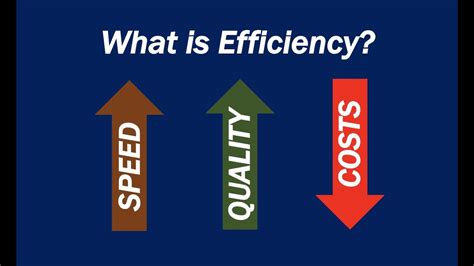Efficient workout methods for maximum muscle gain & peak performance in less time?

Unlock Your Potential: Maximum Gains, Minimum Time
In a world where time is a precious commodity, the idea of achieving significant muscle gain and peak athletic performance often seems to conflict with busy schedules. However, smart training isn’t about spending endless hours in the gym; it’s about maximizing every minute. By focusing on efficiency, intensity, and intelligent programming, you can dramatically accelerate your progress and reach your fitness goals faster than you thought possible.
This article will delve into the core principles and practical methods that allow you to build strength, increase muscle mass, and boost performance without sacrificing your entire day.

The Cornerstone of Efficiency: Compound Movements & Progressive Overload
The foundation of any time-efficient and effective workout regimen lies in two key principles:
- Compound Movements: These exercises involve multiple joints and muscle groups working together simultaneously. Think squats, deadlifts, bench presses, overhead presses, and rows. They are incredibly efficient because they stimulate more muscle fibers, burn more calories, and elicit a greater hormonal response compared to isolation exercises. Prioritizing these moves allows you to work your entire body effectively in fewer exercises.
- Progressive Overload: This is the golden rule of muscle growth. To continually build muscle and strength, you must consistently challenge your body more than it’s accustomed to. This can involve increasing the weight, reps, sets, decreasing rest times, or improving exercise form. Without progressive overload, your muscles have no reason to adapt and grow. Tracking your workouts is crucial for implementing this principle effectively.
Intensify Your Sessions: High-Intensity & Density Training
To achieve maximum results in minimal time, increasing the intensity and density of your workouts is paramount. This doesn’t mean just lifting heavier; it means making every set count.
- High-Intensity Interval Training (HIIT): While often associated with cardio, HIIT can be applied to strength training as well. Short bursts of maximal effort followed by brief recovery periods can elevate your heart rate, improve cardiovascular fitness, and torch calories, contributing to a leaner physique and enhanced performance. Examples include circuit training with short rests between exercises.
- Supersets & Drop Sets: These techniques dramatically increase workout density. A superset involves performing two exercises back-to-back with no rest in between (e.g., bench press immediately followed by bent-over rows). Drop sets involve completing a set to failure, then immediately reducing the weight and continuing with more reps. Both methods fatigue muscles more deeply in less time, stimulating growth and improving muscular endurance.

Smart Programming: Full-Body vs. Split Routines
For individuals with limited time, full-body workouts often prove superior to traditional body-part splits. A well-designed full-body routine performed 2-3 times per week allows you to hit each major muscle group more frequently, which can be more effective for muscle protein synthesis and strength gains, especially for natural lifters. Each session can be shorter but more intense, focusing on those crucial compound movements.

Beyond the Gym: The Critical Role of Nutrition & Recovery
Even the most perfectly executed workout will yield minimal results without adequate support outside the gym. Your body builds muscle and recovers when you’re resting, not when you’re training.
- Optimal Nutrition: Fuel your body with sufficient protein (essential for muscle repair and growth), complex carbohydrates (for energy), and healthy fats (for hormonal balance). Proper hydration is also non-negotiable for performance and recovery.
- Adequate Sleep: Aim for 7-9 hours of quality sleep per night. During sleep, your body releases growth hormone and repairs tissues, which are vital processes for muscle growth and recovery. Poor sleep sabotages your efforts faster than almost anything else.
- Active Recovery & Stress Management: Light activity (like walking or stretching) on rest days can aid blood flow and recovery. Managing stress through mindfulness, meditation, or hobbies can also reduce cortisol levels, which, when elevated, can hinder muscle growth and promote fat storage.

Conclusion: Your Path to Efficient Gains
Achieving maximum muscle gain and peak performance in less time is not a myth; it’s a science. By strategically incorporating compound movements, progressive overload, high-intensity techniques, and smart programming into your training, you can make every minute count. Remember that your efforts in the gym must be complemented by diligent nutrition and sufficient recovery outside of it. Embrace these principles, stay consistent, and watch your body transform efficiently and effectively.








